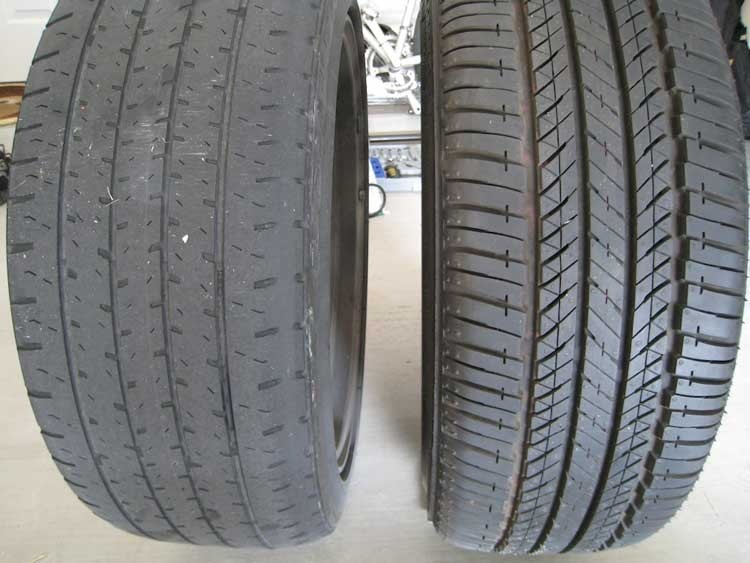Bald Tires Mean Bad News


A recent study by AAA is urging motorists to replace tires before tread depth reaches 4/32 of an inch. During tests on wet pavement, they found that exceeding such tread depth increases the stopping distance from travelling 60 miles per hour to 87 feet for passenger cars and 86 feet for light trucks.
The tests were conducted at Michelin’s Laurens Proving Grounds in South Carolina using Toyota Camry and Ford F-150 vehicles as part of a representative sample.
Most state laws and some industry guidelines recommend that motorists replace their tires if tread depth falls below the standard 2/32 of an inch.
Enterprise Fleet Management customers have access to the National Service Department, which oversees vehicle maintenance support. Enterprise’s Customer Support Director Kelley Hatlee explains how our experts work with customers to reduce tire-related roadside incidents. “The National Service Department (NSD) works to minimize tire-related roadside incidents by recommending that tire rotations be completed during every other oil change. Routine tire rotations prevent excessive and uneven wear, which can lead to roadside events and increased braking distance,” said Hatlee.
“The NSD documents tread depths when discussing tire maintenance with repair shops and recommends tire replacement when tread depth is 3/32 to 4/32 of an inch,” Hatlee said. “To help keep records as accurate as possible for maintenance work, the NSD provides oversight during tire replacements to ensure that the correct tire load rating is used for each vehicle application. In addition, through our industry contacts, we work closely with many tire manufacturers to alert affected customers of safety-related tire recalls,” Hatlee added.
Thinking about a maintenance program for your fleet of vehicles? Learn more about how our maintenance program works. Contact a client strategy manager to learn more.